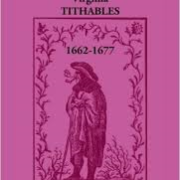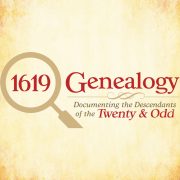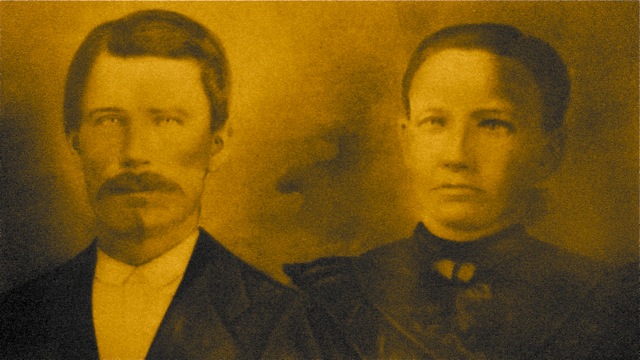James Alexander Reaves was born on May 4, 1861, just before his father Daniel Asbury Reaves joined the 3rd Florida Infantry. As a young boy, James arrived in Winter Garden with his parents, younger sister and brother along with his baby brother that was not yet a year old. James himself was only eight.
On June 4, 1884, James married Jimmie Tellula Donnie Letson. Jimmie was born April 24, 1864 to Sethiel J. Letson and MaryAnn E. Dearing. Her father, like James’ father Daniel was a Civil War Veteran. By 1887 when James’ parents along with most of his siblings returned north to settle in Bradford County, Florida, James remained at Reaves Settlement in Winter Garden along with his younger brother Mark Bryan Reaves. James was an established citrus grower and farmer who had acquired a vast amount of land.
James and Jimmie had nine (9) children.
Alberta (Ada Belle) Reaves was born in May of 1885. She would marry Dudley Lanier Clyatt by 1908, in Worthington Springs, Union County, Florida. Dudley was the brother of Samuel “Dee” Reaves’ wife, Mattie.
Olin Reaves was born November 8, 1887, in Winter Garden, Florida. He died November 18, 1906.
James Glover Reaves was born September 7, 1889, in Winter Garden, Florida. James Glover married Minnie Ada Walker, and they had five girls. He died October 21, 1973 in Micanopy, Alachua County, Florida.
Ida Reaves was born 1891, in Winter Garden, Florida. She married W.D. Martin from High Springs, Alachua County, Florida. She died January 16, 1980.
Irvin Raleigh Reaves was born July 16, 1892, in Winter Garden Florida. Irvin married Winnie Roberson and established his residence in Marion County, Florida.
Mabel Claire Reaves was born March 30, 1894 in Winter Garden, Florida. She married Edwin F. Johnson and had four children. Mabel and Edwin Johnson remained at Reaves Settlement (Beulah) until their deaths. They are buried at Beulah Cemetery, in Winter Garden, Florida.
Creasy Reaves was born in 1896 in Winter Garden, Florida. She married Albert Bronson and they had three children. Creasy died in 1936, at the young age of forty, in Winter Garden, Florida. She is also buried at Beulah Cemetery.
Sethiel Asbury Reaves was born in March 21, 1898, in Winter Garden, Florida. He married Sallie Frances Martin and died May 3, 1973, Marion County, Florida.
Mamie Mildred Reaves was born March 5, 1900, in Winter Garden, Florida. She married William Eugene Hendry and had five children. She died November 4, 1933, in Highlands, Florida.
James Alexander Reaves died May 9, 1939. His wife Jimmie continued to live in Winter Garden, until her death in May of 1951. They are both buried in the Beulah Cemetery in Winter Garden, along with many other Reaves ancestors. Many generations of their descendants remain in Winter Garden, Florida today.








